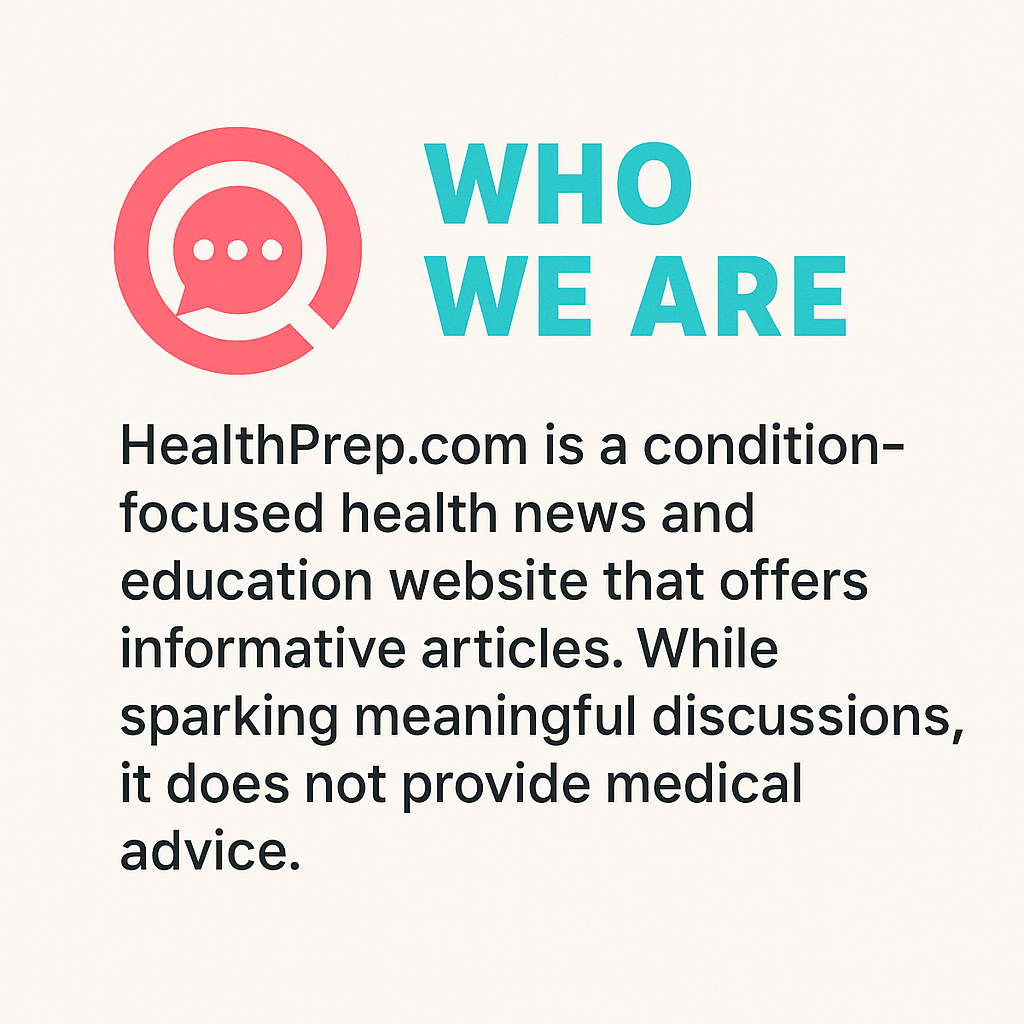Common Foods That Are Unexpectedly Bad for Your Skin
Battling breakouts, redness, or dull skin despite your dedicated skincare routine? The frustrating truth is, the hidden culprit might be lurking on your plate – and it's often far more complex than just avoiding greasy foods or sugar. The intricate link between your diet and your skin's appearance goes deep, revealing how even seemingly "healthy" or innocuous foods can secretly trigger inflammation, hormonal shifts, or other reactions that manifest externally. If you feel like you've tried everything topically, it’s time to look closer at your kitchen. We've investigated these surprising connections, expanding our list to uncover 23 unexpected dietary factors that could be sabotaging your complexion. Ready to finally decode your diet for clearer, more radiant skin from within?
1. The Dairy Dilemma: Milk and Its Derivatives

Dairy products, long heralded for their calcium and vitamin D content, are surprisingly contentious when it comes to skin health. Milk, cheese, and yogurt, while staples in many diets, can trigger unexpected skin reactions in some individuals. The hormones present in cow's milk, particularly those related to growth, can exacerbate acne by increasing oil production in the skin. Furthermore, lactose intolerance, a common issue, can lead to inflammation, manifesting as redness or irritation on the skin. Recent studies suggest that individuals with sensitive skin might experience flare-ups after consuming dairy, even if they do not have a full-blown allergy. For those prone to skin issues, exploring dairy alternatives like almond or oat milk might lead to noticeable improvements. Thus, understanding the nuanced role of dairy can help individuals make informed dietary choices that align with their skin health goals.
2. The Gluten Enigma: Beyond Celiac Disease

Gluten, a protein found in wheat, barley, and rye, is infamous for its role in celiac disease. However, even in the absence of this autoimmune disorder, gluten can still affect the skin. Non-celiac gluten sensitivity (NCGS) is a condition where individuals experience symptoms similar to celiac disease without the associated intestinal damage. This sensitivity can manifest through skin conditions such as eczema or psoriasis. The inflammatory response triggered by gluten can lead to redness, itching, and even blistering in some cases. For those suspecting gluten as a culprit, an elimination diet followed by a gradual reintroduction can help pinpoint its effects. As awareness of gluten’s broader impact grows, more people are discovering that reducing or eliminating gluten can lead to clearer, healthier skin.
